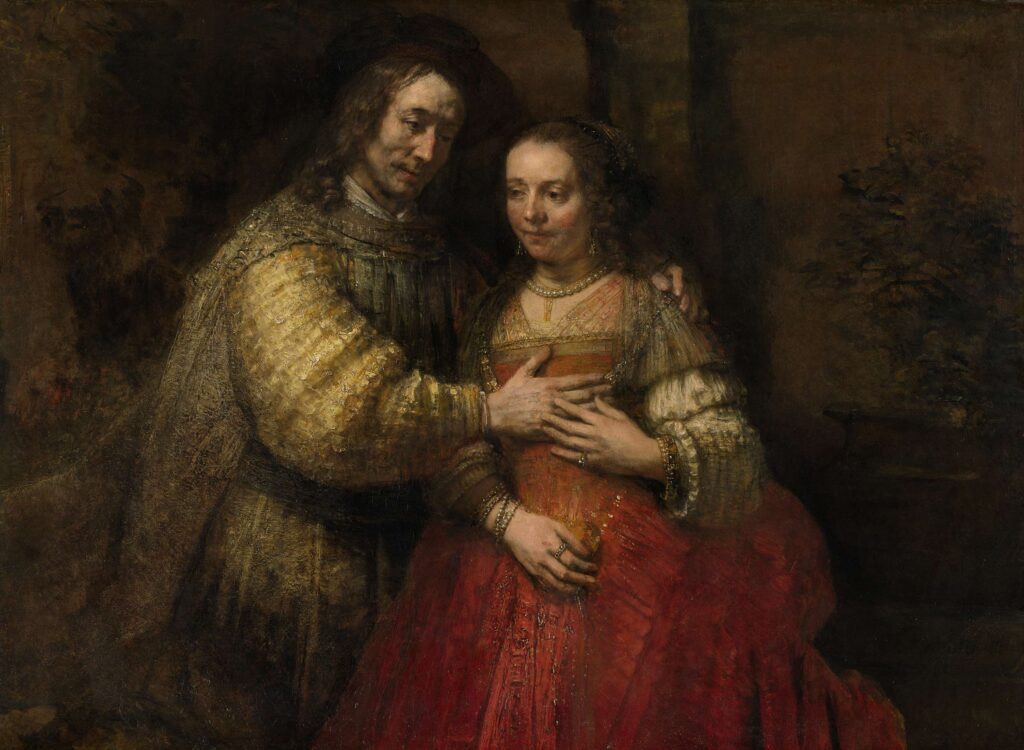
The Discovery of Artificial Orpiment in Rembrandt’s Palette
The intersection of art and science has once again unveiled a remarkable discovery that sheds new light on the legendary Dutch master, Rembrandt van Rijn. Recent research utilizing advanced macro X-ray fluorescence (MA-XRF) imaging techniques has identified the use of artificial orpiment, a synthesized pigment, in Rembrandt’s palette. This finding, stemming from the collaborative efforts within the NWO Science4Arts ‘ReVisRembrandt’ project, challenges previous understandings and opens new avenues for exploring the artist’s late experimental techniques.
New Techniques Reveal a New Pigment
The study focused on “The Jewish Bride”, a masterpiece that has puzzled art historians and conservators alike. The application of MA-XRF imaging has been instrumental in distinguishing the elemental composition of Rembrandt’s paintings, revealing the presence of arsenic in areas previously not understood. The subsequent analysis of paint cross-sections confirmed the presence of artificial orpiment, a compound not traditionally associated with Rembrandt’s known palette.
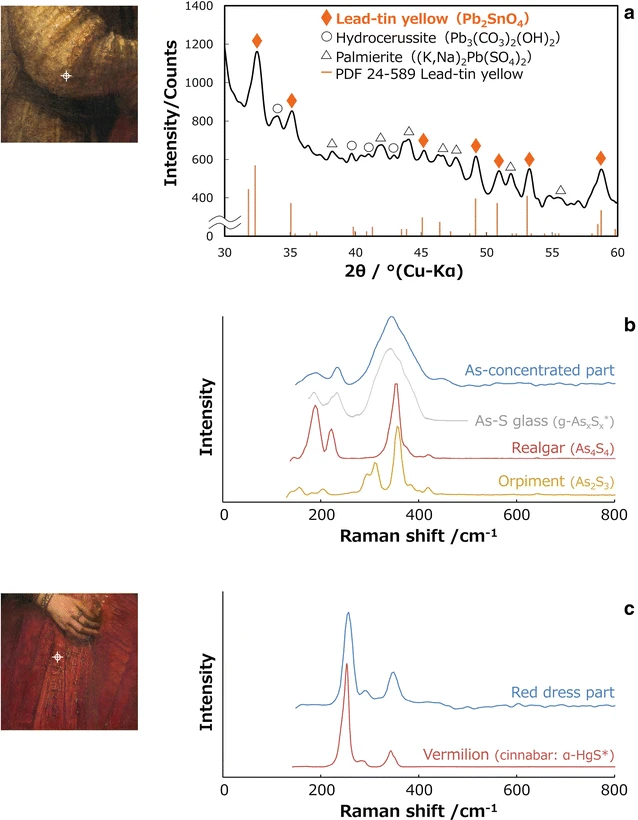
The Significance of Artificial Orpiment in Rembrandt’s Palette
The discovery of artificial orpiment is significant for several reasons. Firstly, it underscores Rembrandt’s role as an innovator, not just in technique but also in the materials he employed. This synthetic pigment, characterized by its vibrant yellow to orange hue, offered Rembrandt new possibilities in achieving depth and luminosity in his paintings. Furthermore, the use of artificial orpiment suggests that Rembrandt’s experimental approaches in his later years were even more advanced than previously thought, incorporating materials that were unconventional for his time.
Implications for Future Research and Conservation
This breakthrough has profound implications for the conservation of Rembrandt’s works and our understanding of 17th-century art materials. It necessitates reevaluating the materials available to artists of the period and their application methods. For art historians and conservators, the discovery offers a new lens through which to examine the authenticity and dating of paintings, as well as the evolution of painting techniques during the Dutch Golden Age.
Conclusion
Identifying artificial orpiment in Rembrandt’s paintings not only enriches our understanding of his artistic practice but also exemplifies the critical role of scientific methods in art historical research. As we continue to uncover the secrets hidden within classic artworks, we delve deeper into the minds of the artists who created them, uncovering the lengths to which they went to achieve their vision.
Read the complete article: van Loon, A., Noble, P., Krekeler, A. et al. Artificial orpiment, a new pigment in Rembrandt’s palette. Herit Sci 5, 26 (2017). https://doi.org/10.1186/s40494-017-01381 https://heritagesciencejournal.springeropen.com/articles/10.1186/s40494-017-0138-1#Sec15



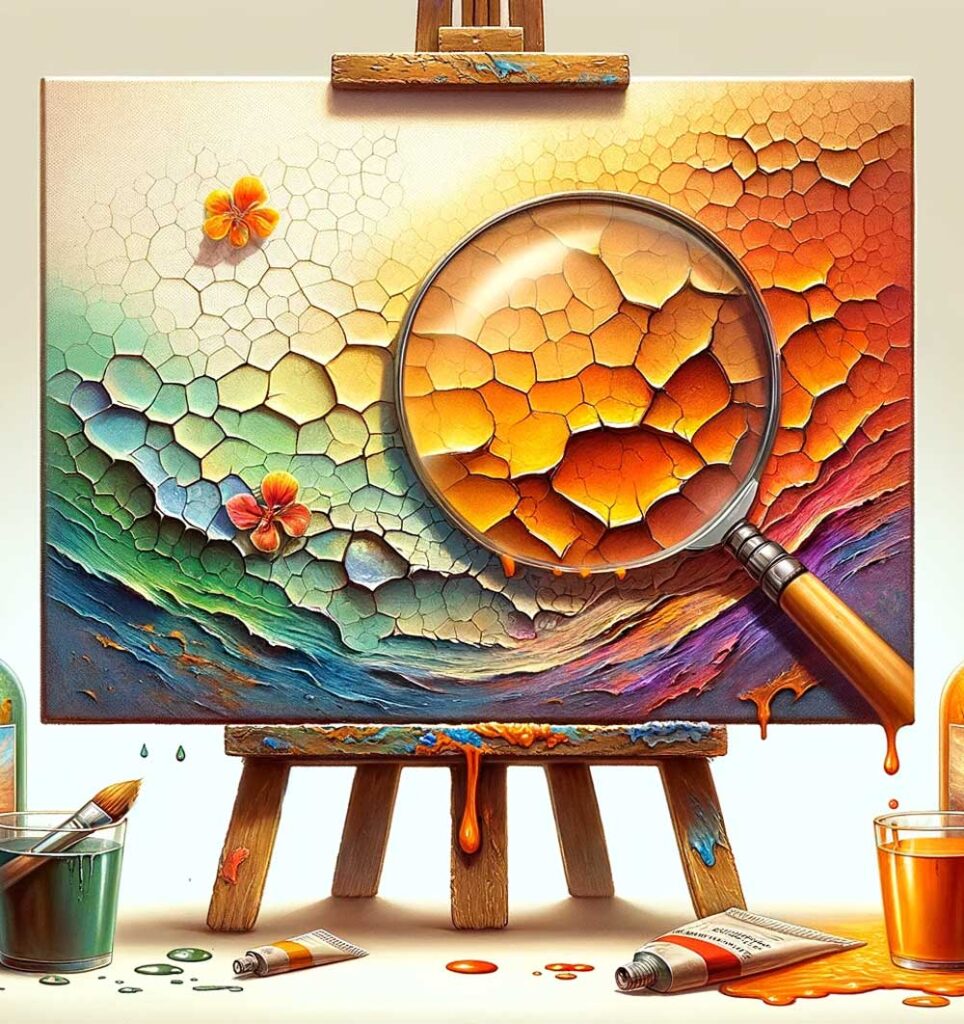
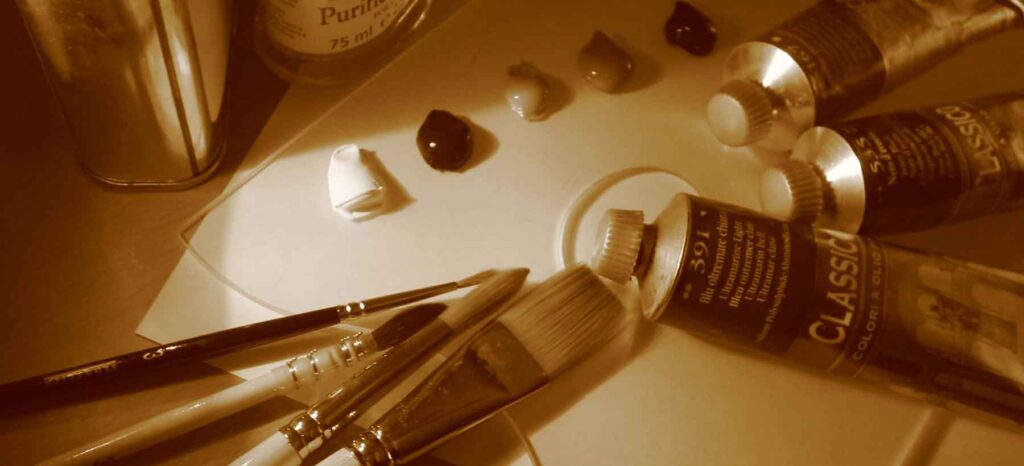
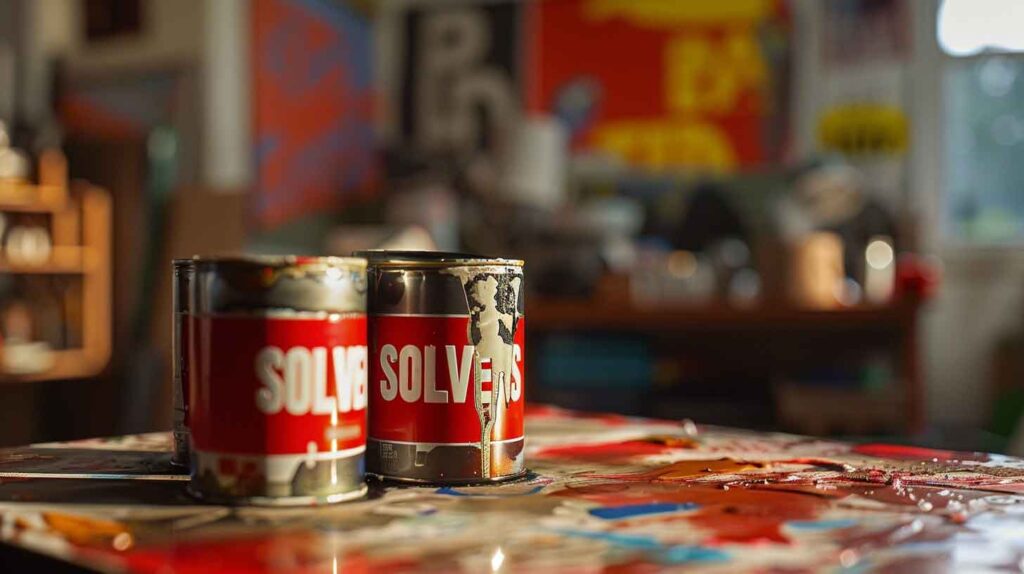

Responses